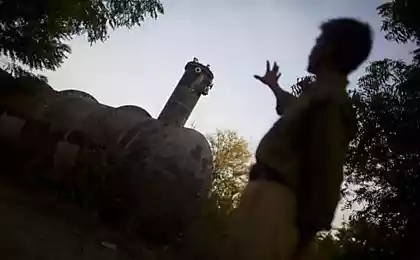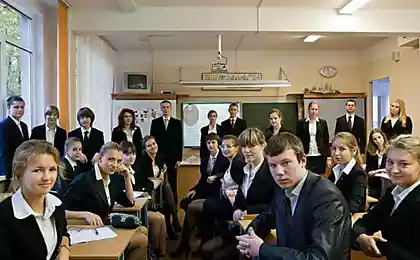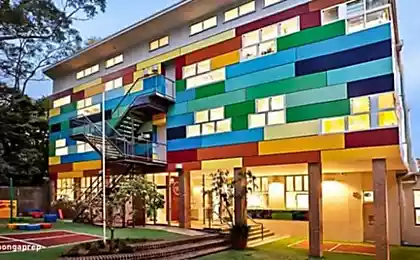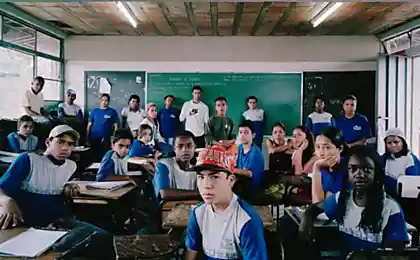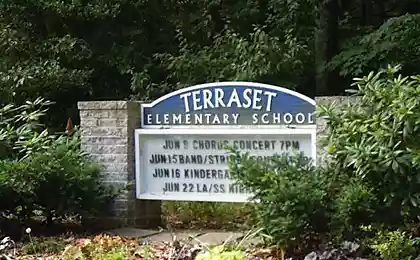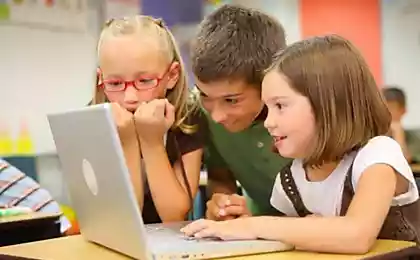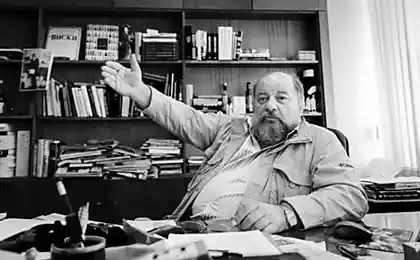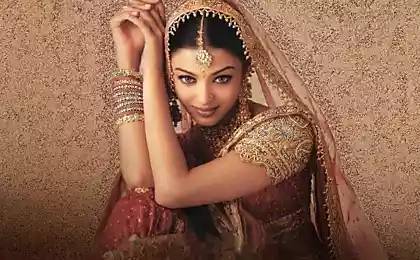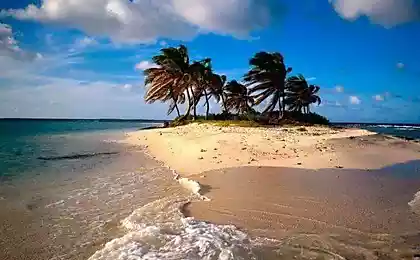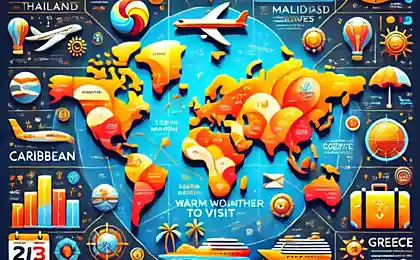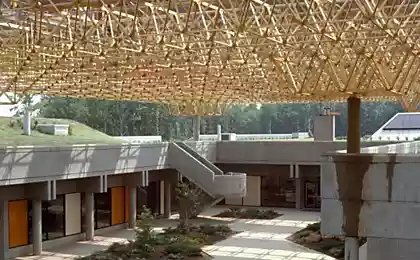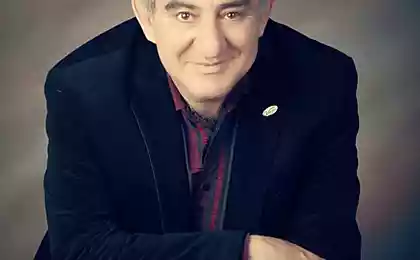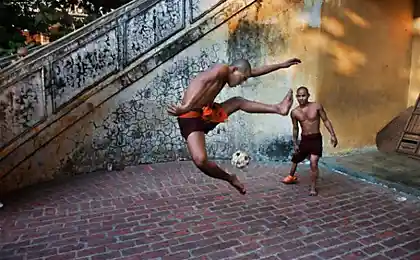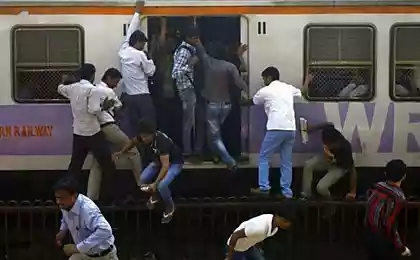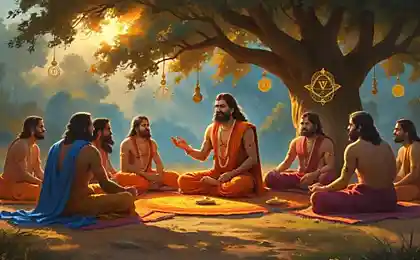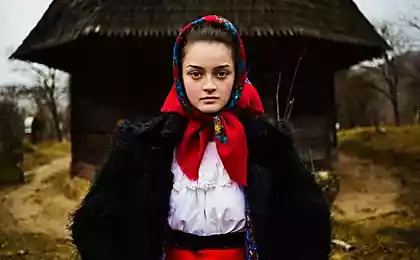2059
Indian School

In a country with a population of more than 1, 3 billion people there is even a special education three-percent tax, the lion's share of which goes to finance schools. India - a country of contrasts. But nevertheless, the Indian economy has become one of the fastest growing in the world. School education here has a very large range and raznobrazie forms - from free public to private schools and cadet corps. And yet it is in India is the largest school in the world in which learns 32,000 (!) Students - a school where teaching is conducted on the Montessori system.
In India, I visited several schools, but today I invite you to the small and intimate private school in Udaipur, Rajasthan. School report from my traditional series from around the world.
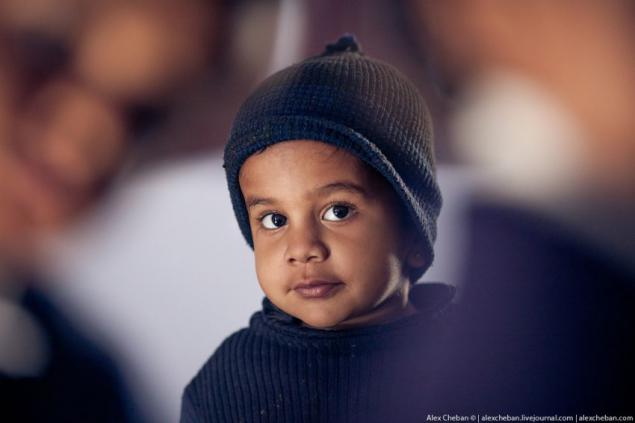
In India, the children go to school already with 3-4 years studying 6 days a week, they can be 6-8 lessons per day, the duration of the lesson - 35 minutes. Kindergartens in India is not. In the public schools of general education (14 years) free of charge to all children, regardless of family status.
Udaipur wakes up late in the eighth floor in the streets are still relatively few people, but about nine central city streets resemble an anthill, where most of it - it's the kids happily spreading through their schools.
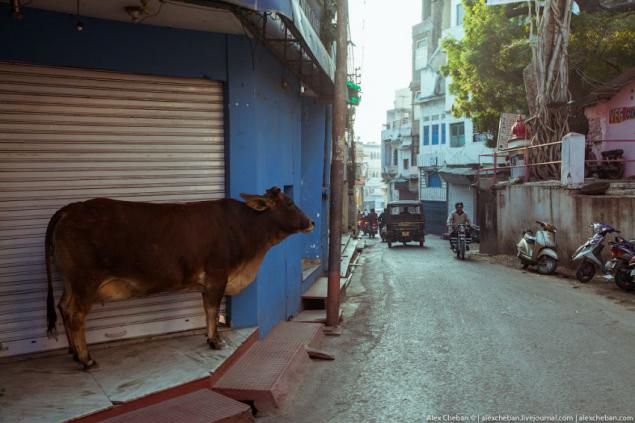
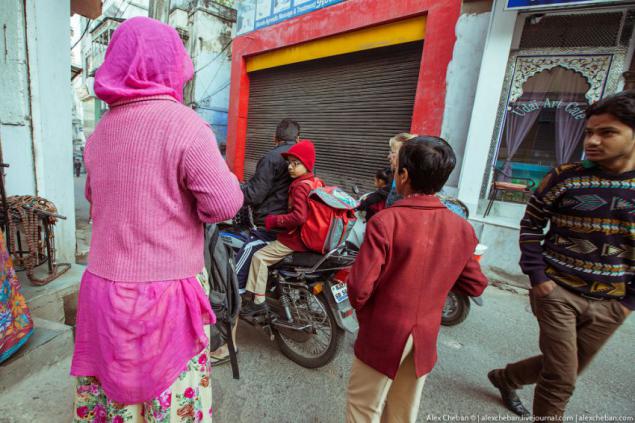

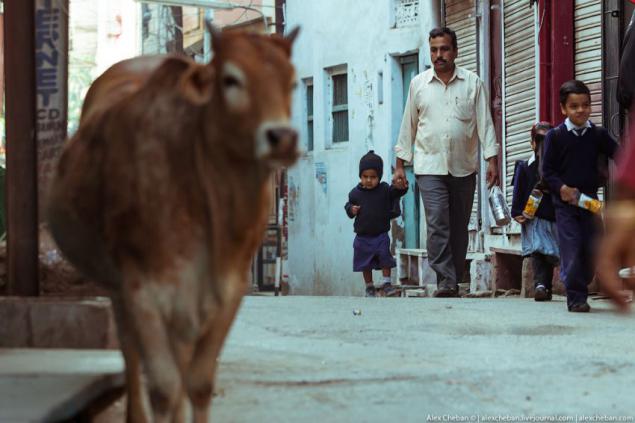
Exactly at 9 am begins construction on which the children sing the anthem of India and a prayer:
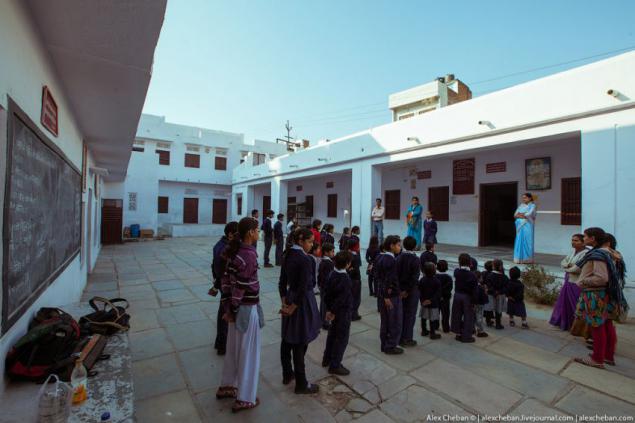
This is a private school (primary and secondary), the cost of training is 1000 rupees a month (about $ 16). In schools, children learn 3 languages: English, Hindi and the language of their state. Most revered subject - mathematics. Also studied computer science, history, geography and natural sciences (chemistry, physics, biology), from 6 to 10 classes - sankskrit.
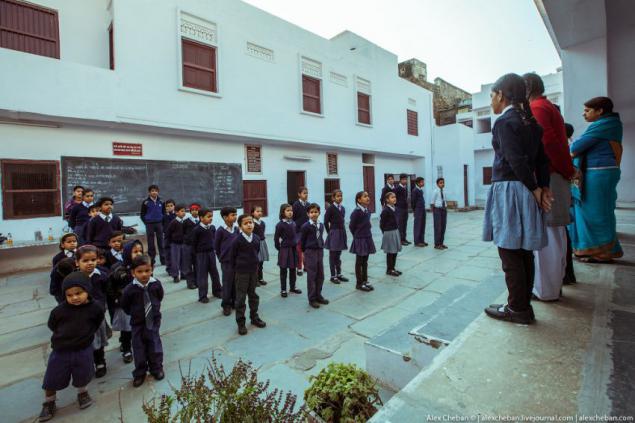



Always have a school uniform. Her parents are buying, and benefits are provided to children from poor families. Food in Indian schools is always free, usually rice and flatbread.
Prayer:



Go to the classes?
Classrooms are located on the perimeter. Heating, of course not, but in the morning in the winter here is not hot.
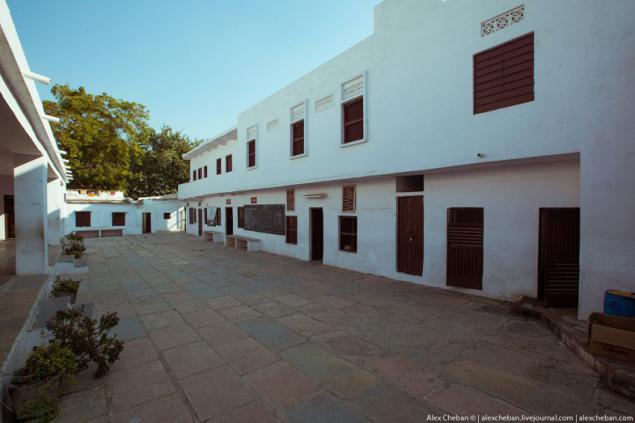
This is one of the younger classes.
Are the children comfortable the whole lesson is on his knees ?!
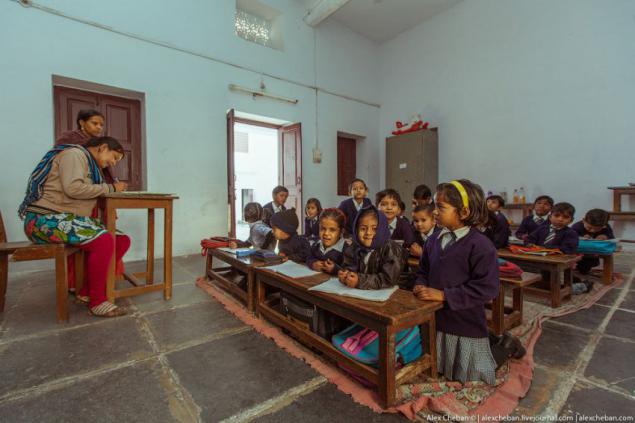
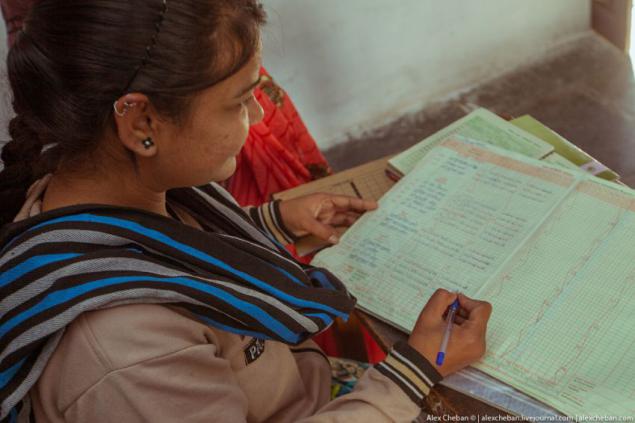
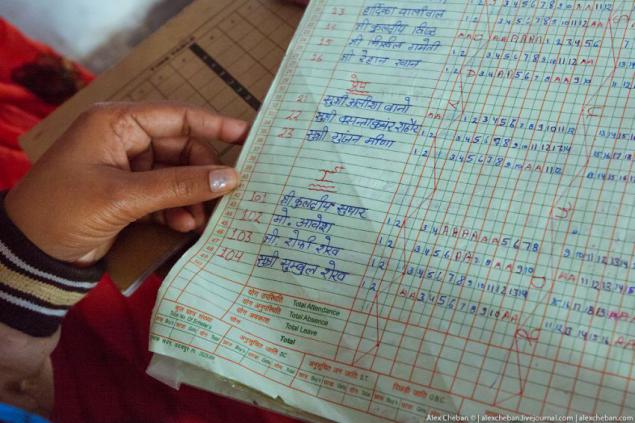
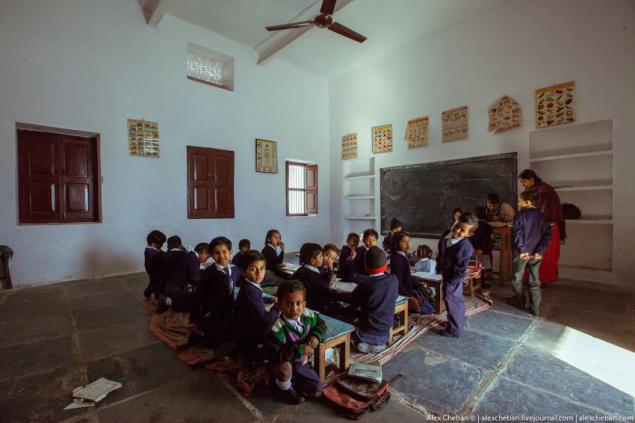
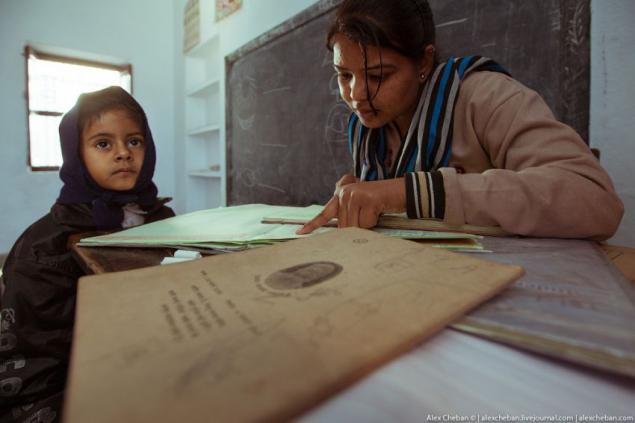


There are summer and winter holidays, as well as on various national and religious holidays, which in India is very much, many times more than we do. Summer vacation lasts from May to June, and July 1 children go to school. Winter vacation begins at the end of December and lasts 10 days.
The middle class, there is already familiar to us the party.
In general, smokers twilight, especially in distant corners of the entrance.
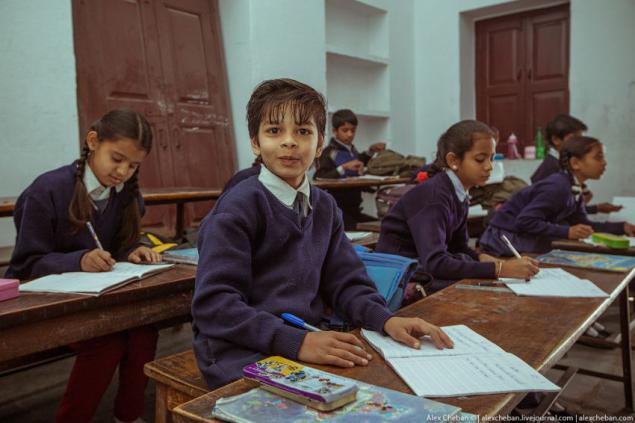

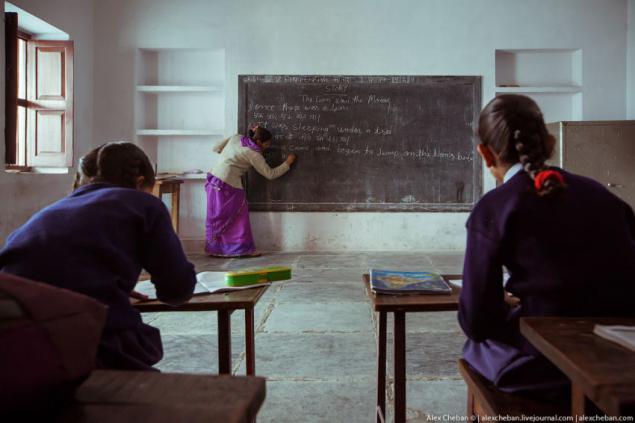

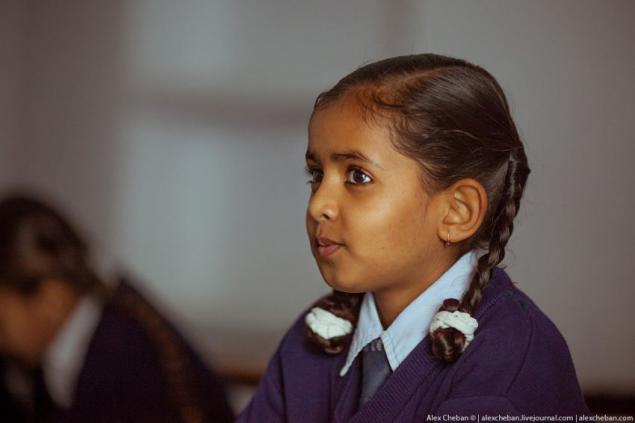
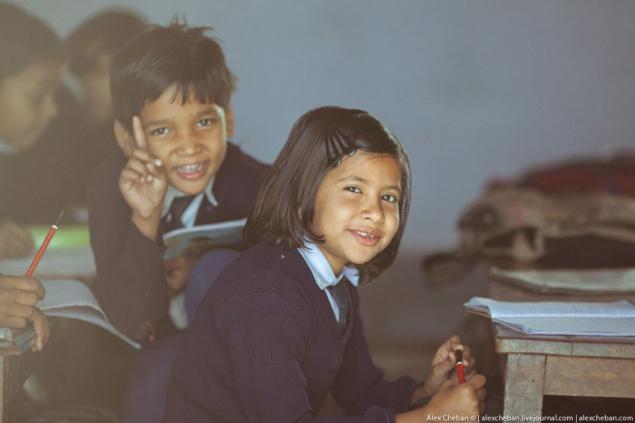
Even in school have a "living area" with a couple of parrots. And that's all there is no computer class or some other specialized rooms. And it's a private school!
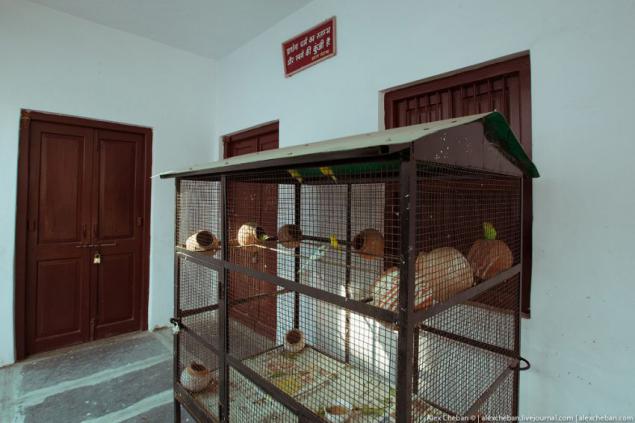
Even the director of the school left me only regular mailbox, saying that he does not have e-mail!
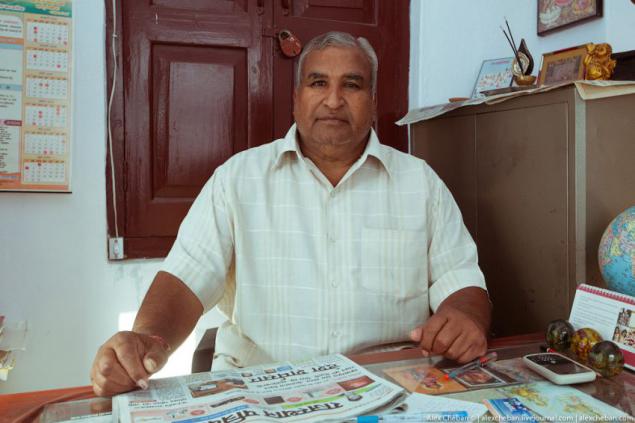

And the senior class at the school attended by children up to 13-14 years.
In high school, students receive either fundamental or vocational education. So, from the 10th to 12th grade, children can explore in depth those subjects that they will need to obtain further higher education. Grades in school do not put, and evaluate only during exams.
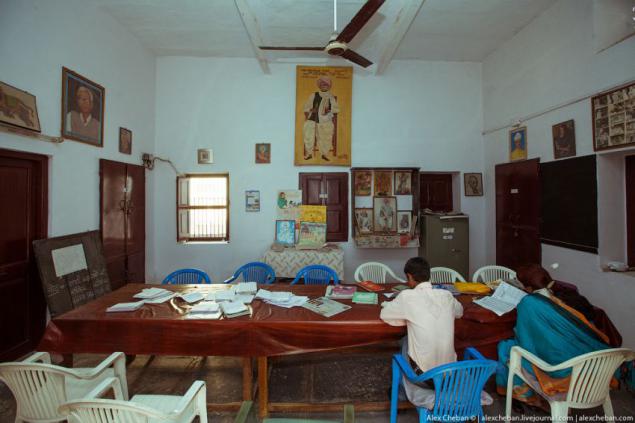
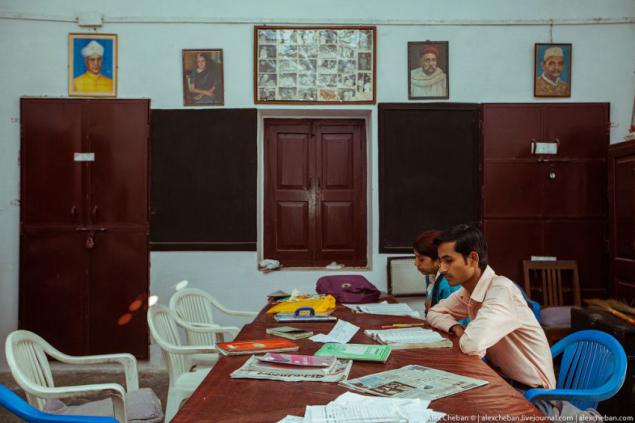

And here's what a teacher:
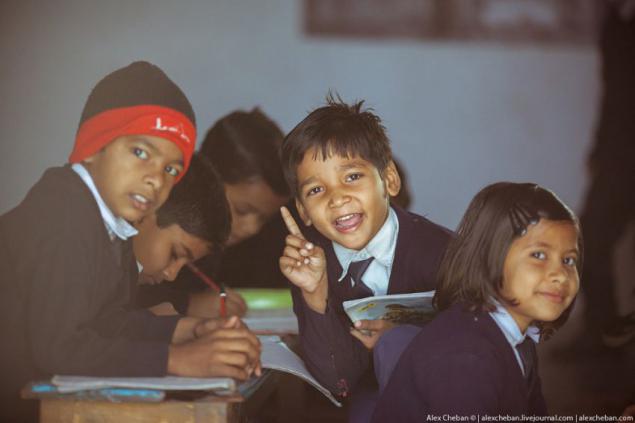
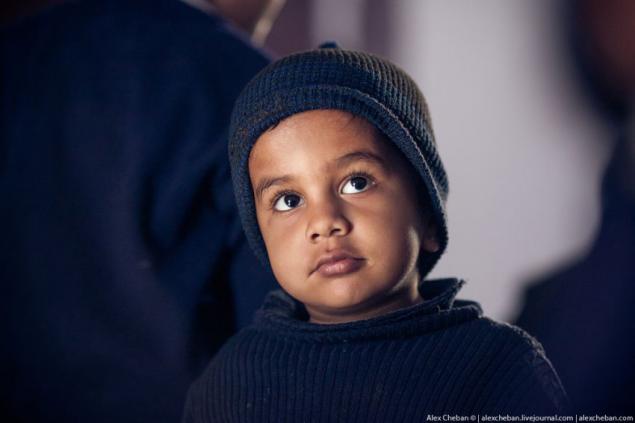
--img37--
--img38--
In India, more than 200 universities that learns 6, 5 million students. From the school to the university gets 1-2 out of ten students.
--img39--
--img40--
--img41--
--img42--
Source: alexcheban.livejournal.com

